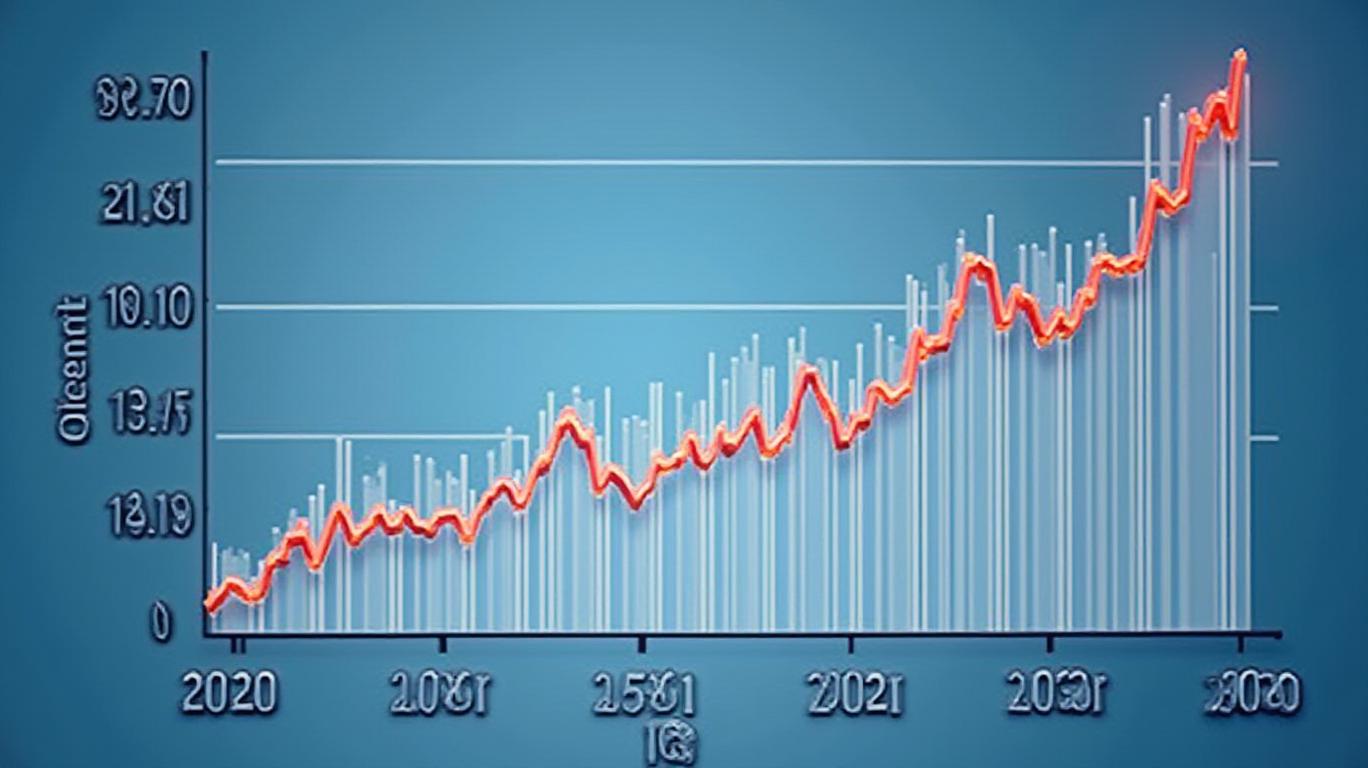Sallie Mae’s Dividend Cut Signals Strategic Shift: A Deep Dive into the Financial Implications
Sallie Mae (SLM Corporation) recently declared a quarterly dividend of $0.13 per share for common stock, marking a dramatic shift in its dividend policy. This move, which reduces the annual dividend to $0.52—down 71.74% from the 2024 payout of $0.46—has sent ripples through investor circles. But what lies behind this abrupt decision, and what does it mean for shareholders and the company’s future? Let’s dissect the data.
A Dividend Decline Rooted in History
Sallie Mae’s dividend history reveals a pattern of volatility, particularly in recent years. After climbing steadily from $0.12 in 2020 to $0.20 in 2021, the annual dividend stabilized at $0.44 in 2022 and rose slightly to $0.46 in 2024. The 2025 cut to $0.52 (a figure that still represents a steep decline when compared to the 2024 rate) signals a departure from this trajectory.

The reduction is especially striking when contextualized against the company’s long-term dividend record. Over 38 years (1987–2025), Sallie Mae has distributed a total of $4.44 per share, with the bulk of payouts concentrated in the past decade. However, the sudden drop in 2025 underscores a potential strategic pivot—one that investors must scrutinize.
What Drives the Dividend Cut?
The official announcement offers no explicit rationale, but clues emerge from broader financial trends. Sallie Mae, a leading student loan servicer, faces headwinds from regulatory scrutiny, declining origination volumes, and the lingering effects of pandemic-era forbearance programs. These factors may have strained liquidity, prompting the company to prioritize capital preservation over shareholder returns.
Additionally, the shift aligns with broader trends in the financial sector, where firms are increasingly opting to reinvest profits into growth initiatives or debt reduction rather than maintain high dividend payouts. For Sallie Mae, this could mean bolstering reserves for potential loan defaults or investing in digital platforms to compete in a post-pandemic economy.
Preferred Stock Dividends: A Contrast to Common Shares
While common stockholders face a steep dividend reduction, preferred stock Series B holders continue to receive a robust $1.5815446 per share quarterly dividend. This disparity highlights Sallie Mae’s prioritization of obligations to preferred shareholders, who typically demand higher returns in exchange for lower claim priority. The divergence also underscores the risks of investing in common stock amid uncertain times.
Financial Health and Investor Implications
The dividend cut raises critical questions about Sallie Mae’s financial health. Key metrics to monitor include:
- Debt levels: Sallie Mae’s total debt-to-equity ratio has trended upward in recent years, a potential red flag.
- Loan performance: Rising default rates or delays in collections could further strain cash flows.
- Regulatory environment: Ongoing probes into student loan servicing practices could lead to fines or operational constraints.
The dividend yield, currently 1.92%, remains below its five-year average of 2.4%, reflecting reduced payouts. Meanwhile, the trailing twelve-month yield of 1.74% suggests investors are factoring in the 2025 cut. For income-focused investors, this signals a diminished return profile unless Sallie Mae’s stock price surges—a scenario that hinges on broader market conditions and the company’s ability to stabilize its business.
Conclusion: A Mixed Picture for Investors
Sallie Mae’s dividend decision is a mixed signal. On one hand, the cut reflects prudent financial management in turbulent times, potentially safeguarding the company’s long-term viability. On the other, it erodes shareholder returns and may deter income-oriented investors.
Historically, Sallie Mae has weathered similar storms. For instance, its dividend plummeted to $0.05361 per share in 2014—a 75% drop from 2013—but later recovered. If the company can stabilize its core operations and capitalize on opportunities in the student loan servicing market, a rebound is plausible. However, shareholders must weigh this potential against the risks of prolonged uncertainty.
In the short term, the dividend cut is a stark reminder of Sallie Mae’s reliance on a volatile industry. Investors should closely monitor cash flow metrics, regulatory developments, and any signs of renewed profitability. For now, the $0.13 quarterly dividend is both a warning and a wake-up call—one that demands a cautious, data-driven approach to this once-reliable dividend payer.






























